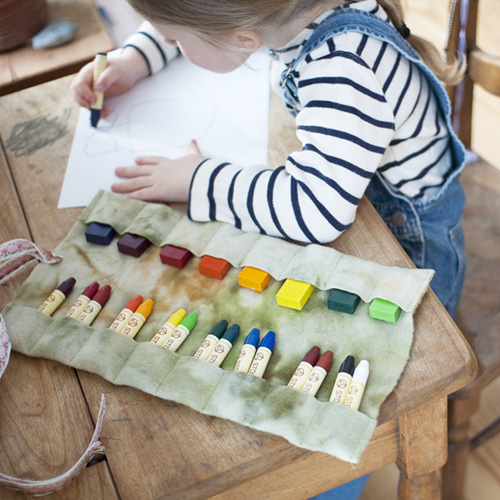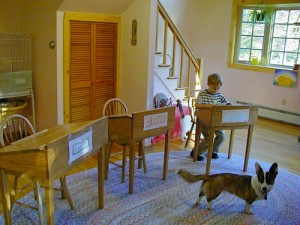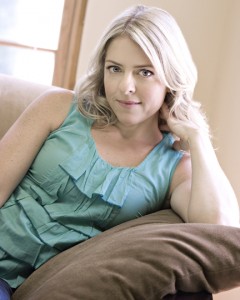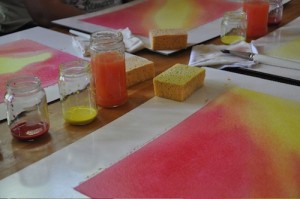Hey, Friends! Happy Autumn!
I apologize that it’s been a while since I’ve posted a “Sunday with Sarah” video. I love connecting with you through my weekly video series, but we have been so busy at Bella Luna Toys getting ready for the upcoming holiday season (be on the lookout for the dozens of new natural toys and crafts we will adding for the season!) that it’s been a challenge to find time to turn on my video camera each week.
Hoping to be back with you in video land soon!
In the meantime, I get questions by email weekly about Waldorf education, parenting, and toys. I realized that when one person writes, it is usually with a question that many others share.
So rather than replying privately to individuals, I thought it might be helpful to post those questions and answers here, for others to benefit from.
This week’s question comes from Nicole, a recent LifeWays grad who recently began teaching Parent/Child classes in Florida.
QUESTION:
hello sarah,
Nicole
ANSWER:
This is a great question, Nicole! It is a question on which not all Waldorf teachers agree, and one for which there is no clear answer.
In addition to the idea that stick crayons are important for being able to draw archetypal figures (with which I agree), there has also been a lot of research conducted within the last couple of decades that suggests that the use of stick crayons also helps to develop a child’s grip and their pre-writing skills. Developing this “triangular grasp” is also connected with brain development.
On the other hand, block crayons seem to be easier for younger children to hold and they are less likely to break, which is why they were used exclusively in Waldorf early childhood settings for so many years.
From my understanding, block crayons were originally developed for use by Waldorf grade school children over the age of seven to create borders in their main lesson books, as well as wide expanses of color when creating a drawing with sea or sky.
Without a definitive answer, I chose to offer both types of crayons to the children in my kindergarten class, believing that each type of crayon offered benefits and that children would instinctively choose the crayons they needed developmentally.
I found that in most cases children would choose the stick crayons to draw people, animals, trees, and other representational figures. Some of the 5- and 6-year-olds would imitate me as I drew, and use the sides of block crayons to create sea and sky. I found that 3-year-olds tended to gravitate to the block crayons, and you might find that block crayons are more appropriate for the 2- and 3-year-olds in your Parent/Child classes.
Joan Almon, a leading authority on Waldorf early childhood education, wrote the following article which you might find helpful:
Crayons in the Kindergarten: Block or Stick?
Parents and teachers new to Waldorf education often seek “rules” and have the feeling that there is one correct “Waldorf way.” As you delve deeper into this work, you will learn that there are many areas of ambiguity and difference of opinion among Waldorf teachers. It is always best to do what makes sense to you and to have a reason for your choice.
Your choices may change along the way as you learn more, and spend more time observing the children, and that’s okay! One should never let one’s teaching get rigid and bound by “rules.” That kind of teaching is not living and breathing.
Hope this helps. Let me know what information you decide to share with your parents!
With warmest wishes,
Have a question on Waldorf education, parenting, or play? Leave it here, and I’ll do my best to answer them all in future posts!




